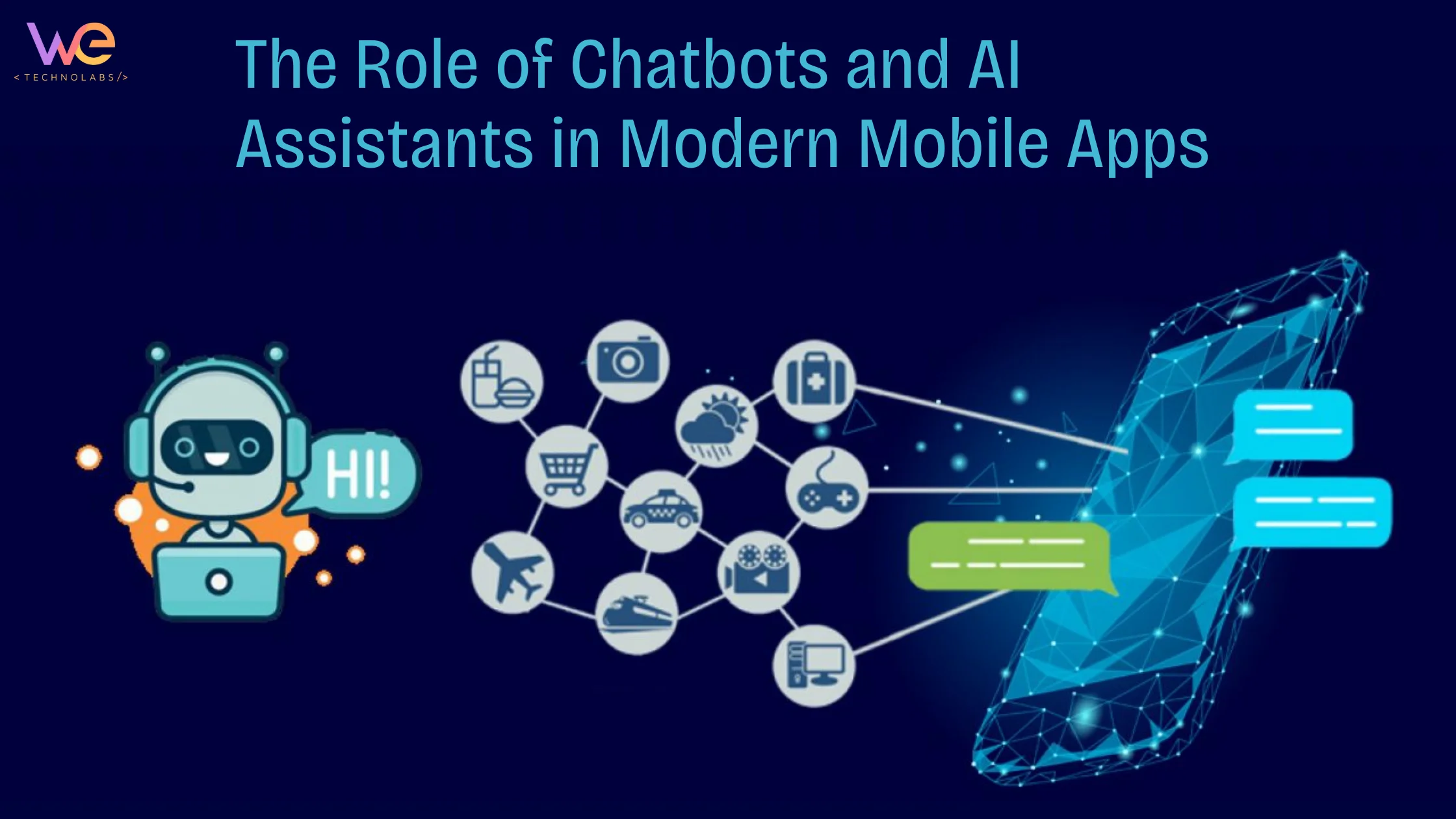In the fast-paced world of mobile app development, user experience is paramount. Mobile users expect applications to be not only feature-rich but also responsive and reliable across various devices and screen sizes. This is where React, a JavaScript library developed by Facebook, shines. In this blog post, we’ll explore how React plays a pivotal role in achieving responsiveness and reliability in mobile app development.
Understanding the Need for Responsive Design
Responsive design is the cornerstone of a positive user experience on mobile devices. As users switch between smartphones, tablets, and other gadgets, apps must seamlessly adapt to different screen sizes. React’s component-based architecture facilitates the creation of UI components that dynamically adjust to varying display dimensions.
One of the key advantages of React in responsive design is its virtual DOM (Document Object Model). The virtual DOM enables efficient updates by rendering changes first to a virtual representation of the UI. This approach significantly reduces the time needed to update the actual DOM, enhancing the app’s responsiveness.
Reliability in Mobile Apps
Reliability goes hand in hand with user satisfaction. A reliable mobile app is one that performs consistently and predictably, regardless of external factors. Common issues, such as crashes or slow performance, can tarnish the user experience and lead to negative reviews.
React contributes to the reliability of mobile apps through its unidirectional data flow and state management. By enforcing a one-way data flow, React simplifies the debugging process and helps developers identify and address issues promptly. Additionally, React’s state management capabilities allow developers to create robust apps with predictable behavior.
Unleashing the Power of React for Responsiveness
React’s component-based approach is a game-changer for achieving responsiveness in mobile app development. Each UI element is encapsulated within a component, making it easier to manage and update. Components can be reused across different parts of the app, ensuring a consistent look and feel.
Flexibility is a key aspect of React components. With the use of media queries and dynamic styling, React components can adapt gracefully to various screen sizes. This flexibility not only streamlines the development process but also enhances the user experience by providing a seamless transition between different devices.
Let’s delve into a real-world example to illustrate React’s responsiveness. Consider a mobile e-commerce app that needs to display product listings. With React components, the product cards can be designed to adjust their layout based on the screen width. This ensures that users on both small smartphone screens and larger tablet displays have an optimal viewing experience.
Enhancing Reliability with React Features
Error handling and debugging are crucial aspects of mobile app development. React’s virtual DOM comes to the rescue by isolating and highlighting specific components that need updating. This aids developers in identifying and resolving issues efficiently, reducing the likelihood of bugs affecting the overall reliability of the app.
State management in React is another key feature that contributes to app reliability. By maintaining a single source of truth for the application state, React makes it easier to predict and control the behavior of components. This predictability is essential for building reliable mobile apps that respond consistently to user interactions.
Best Practices for Responsive and Reliable React Mobile Apps
Achieving both responsiveness and reliability in mobile app development requires adherence to best practices. Here are some tips to optimize your React mobile apps:
- Optimize React Components: Write modular and reusable components to ensure a consistent user interface. Test these components under various screen sizes to guarantee responsiveness.
- Asynchronous Operations: Handle asynchronous operations, such as data fetching, with care. Use React’s lifecycle methods and hooks to manage the flow of data and ensure a smooth user experience.
- Testing Methodologies: Implement comprehensive testing strategies to validate the responsiveness and reliability of your React mobile app. Unit tests, integration tests, and end-to-end tests are essential components of a robust testing suite.
Case Studies and Examples
To further illustrate the impact of React on responsiveness and reliability, let’s explore a couple of case studies:
Case Study 1: Fitness Tracking App
A fitness tracking app implemented React to create interactive workout routines. The app seamlessly adjusts the display of exercises based on the user’s device, ensuring an optimal experience whether they’re using a smartphone during a gym session or a tablet at home.
Case Study 1: Fitness Tracking App
A financial management app utilized React to provide users with real-time updates on their transactions. React’s efficient rendering ensured that users received timely information without delays, enhancing the app’s reliability.
Future Trends and Considerations
As technology evolves, so do the trends in mobile app development. Looking ahead, it’s essential to consider emerging trends that may impact the way we approach responsiveness and reliability. Some considerations include:
- Progressive Web Apps (PWAs): The rise of PWAs introduces new opportunities for creating responsive and reliable mobile experiences. React’s compatibility with PWAs positions it as a valuable tool in this evolving landscape.
- Augmented Reality (AR) and Virtual Reality (VR): As AR and VR technologies become more prevalent in mobile apps, React developers should explore ways to ensure responsiveness and reliability in immersive experiences.
Conclusion
In the dynamic world of mobile app development, achieving both responsiveness and reliability is non-negotiable. React, with its component-based architecture, virtual DOM, and state management features, emerges as a powerful tool for developers striving to deliver exceptional mobile experiences. By adopting best practices and staying abreast of emerging trends, developers can continue to unleash the full potential of React in building mobile apps that set new standards for responsiveness and reliability.












